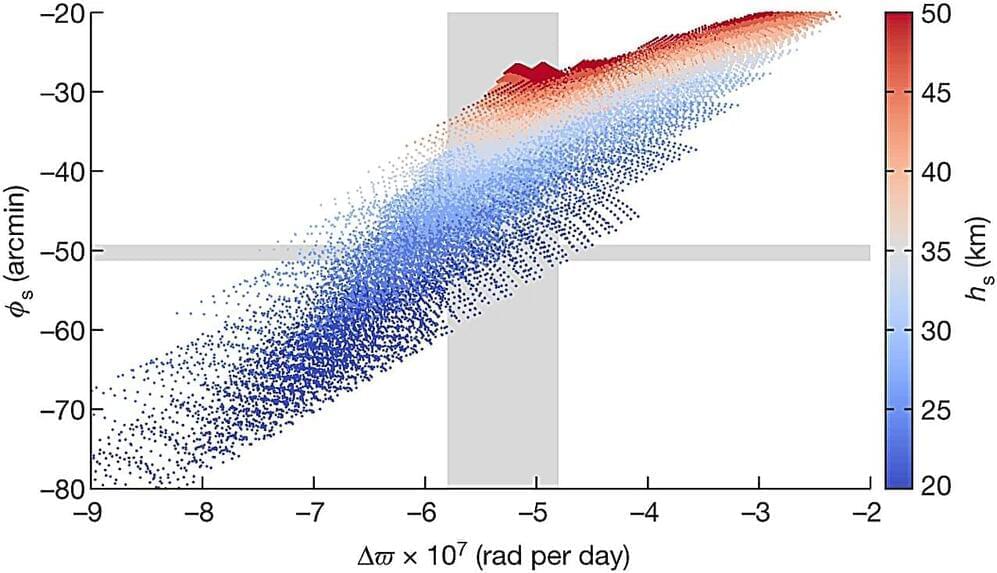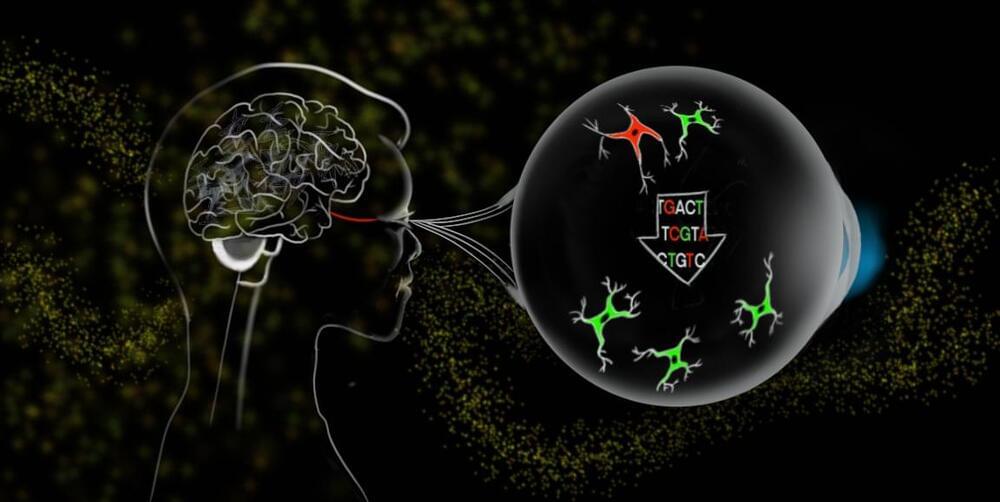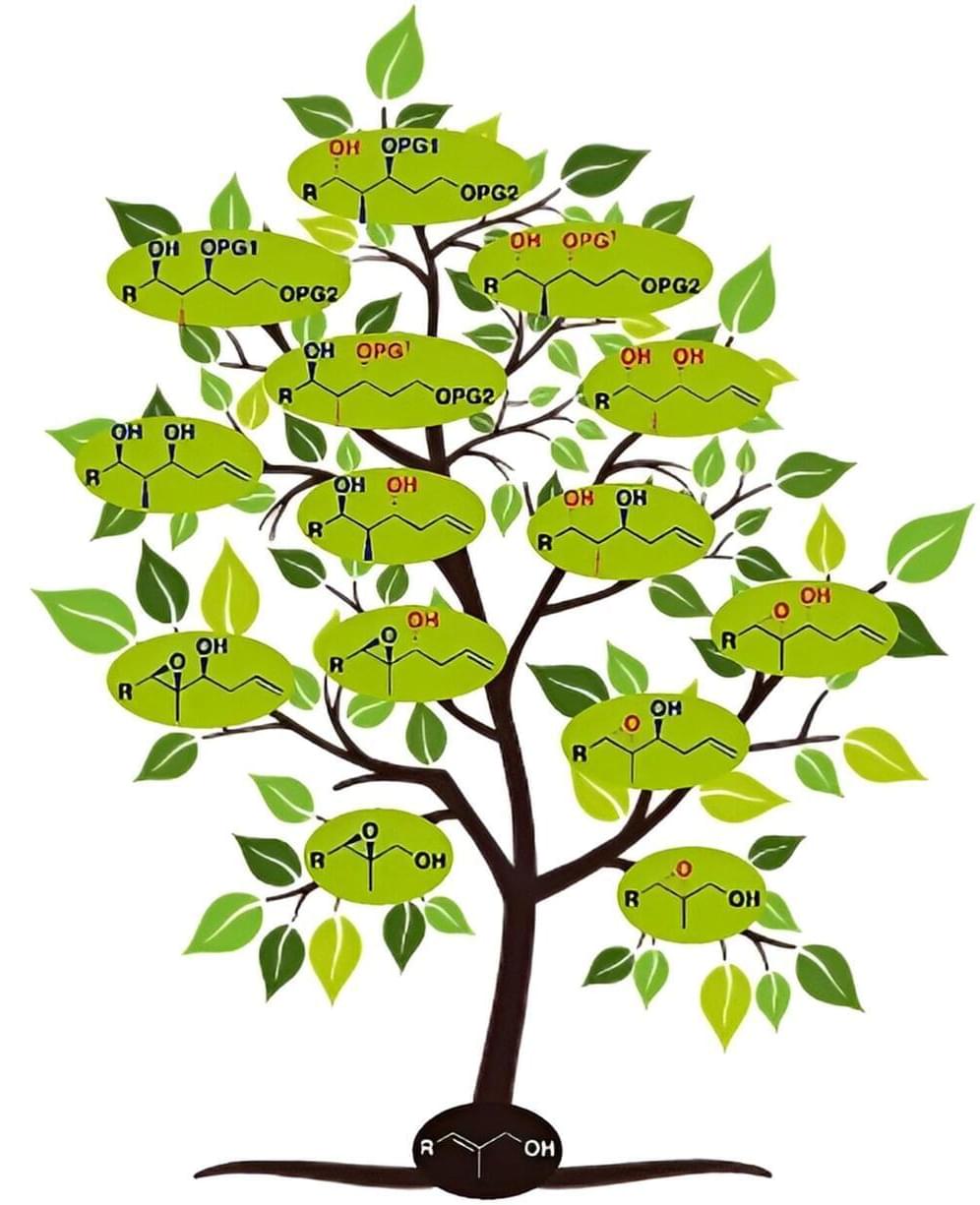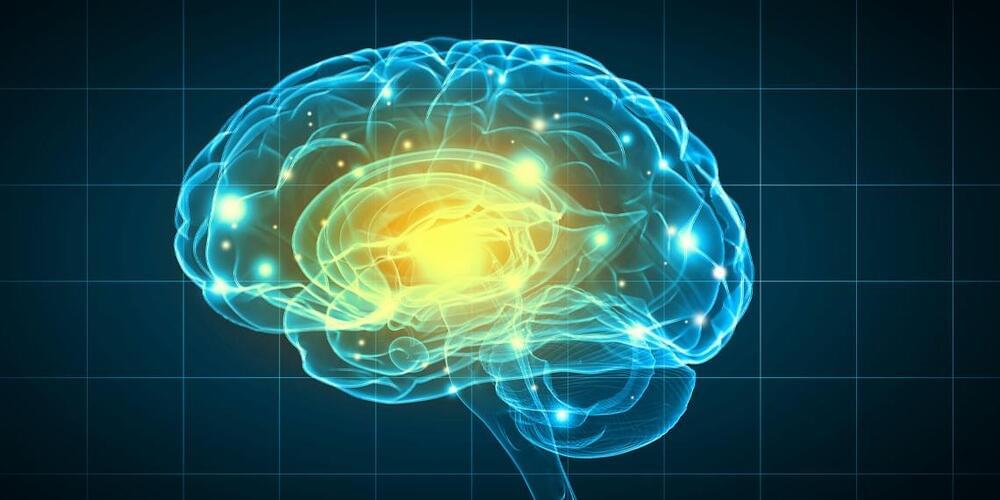Hidden beneath the heavily cratered surface of Mimas, one of Saturn’s smallest moons lies a secret: a global ocean of liquid water. This astonishing discovery, led by Dr. Valéry Lainey of the Observatoire de Paris-PSL and published in the journal Nature, reveals a “young” ocean formed just 5 to 15 million years ago, making Mimas a prime target for studying the origins of life in our solar system.
“Mimas is a small moon, only about 400 kilometers in diameter, and its heavily cratered surface gave no hint of the hidden ocean beneath,” says Dr. Nick Cooper, a co-author of the study and Honorary Research Fellow in the Astronomy Unit of the School of Physical and Chemical Sciences at Queen Mary University of London.
“This discovery adds Mimas to an exclusive club of moons with internal oceans, including Enceladus and Europa, but with a unique difference: its ocean is remarkably young, estimated to be only 5 to 15 million years old.”








